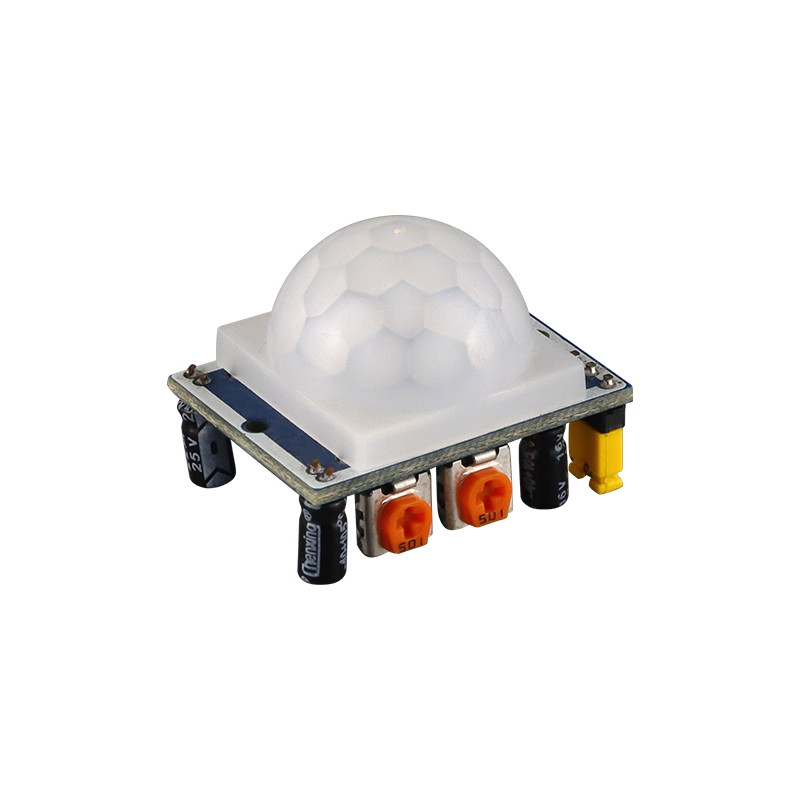 1004,West-CBD,No.139 Binhe Rd,Futian District,Shenzhen, China Post Code:518048
1004,West-CBD,No.139 Binhe Rd,Futian District,Shenzhen, China Post Code:518048
 +86-18682200597
+86-18682200597
 sales@szhaiwang.com
sales@szhaiwang.com
 1004,West-CBD,No.139 Binhe Rd,Futian District,Shenzhen, China Post Code:518048
1004,West-CBD,No.139 Binhe Rd,Futian District,Shenzhen, China Post Code:518048
 +86-18682200597
+86-18682200597
 sales@szhaiwang.com
sales@szhaiwang.com
source:Industry News release time:2022-01-07 Hits: Popular:Infrared sensing module

There are more and more electronic devices in daily life, and they all need some form of power supply to maintain normal operation. Fortunately, there are many forms of energy around us, which can convert wind energy, light energy, and kinetic energy of object motion into electrical energy, and even collect part of the energy from the transmission of high-frequency radio signals.
In contrast, the solution that is not so common but is rapidly spreading is the energy harvesting scheme from RF/microwave signals, which can obtain energy from radio/television broadcasting stations and wireless devices. In low-power applications such as Internet of Things (IoT) sensors and radio frequency identification (RFID) tags, this energy harvesting solution can replace batteries. Reusing energy can reduce operating costs and improve the energy efficiency of existing electronic systems and equipment.
RF is a rich source of energy harvesting, and it is being emitted from billions of radio transmitters around the world, including mobile phones, mobile phone base stations, and TV/radio signal transmitter base stations. Therefore, it has become a trend to use radio frequency energy to power some low-power circuits.
The concept of obtaining energy from RF is not new, and the process is relatively simple. The radio waves reach the antenna and cause the potential difference across its length to change. This potential difference causes charge carriers to move along the length of the antenna in an attempt to equalize the field, and the RF-DC integrated circuit is able to capture energy from the movement of these charge carriers. The energy is temporarily stored in the capacitor and then used to generate the required potential difference at the load.
The radio frequency energy signal is received through the antenna, so the working frequency of the antenna must be the same as the frequency of the received signal. After the radio frequency signal is received by the antenna, it can be used both in the RF-DC converter and in pure RF applications; The RF-DC converter converts the RF signal into a DC signal, so that the acquired energy can be stored in an energy storage device; the energy storage device can provide energy for RF-DC converters, RF devices, and low-power applications.
Read recommendations:
Introduction to RF Sensor Industry Analysis
In-depth analysis of NTC thermistors.Infrared IC Processing
Popular Recommended Products
Φ5mm size
2021-11-27PIR Lens 1600
2021-12-09HW-M21 microwave sensor module
2021-12-07PIR Lens 2135-1
2021-12-09PIR Lens 7709-4
2021-12-091/4 Sphere PIR Lens
2021-12-09PIR Lens 8002-3
2021-12-0910.525G 18m distance HW-RB10 millimeter wave radar sensor module
2023-03-04PIR Lens 002
2021-12-09HW-XC509 microwave sensor module
2021-12-07PIR Lens 7709-1
2021-12-09The structure of NTC chip thermistor that engineers should know.Ultrasonic module Vendor
2022-06-23Silver chip NTC thermistor
2022-08-10Application of Fresnel Lens in Passive Infrared Detection
2022-11-09NTC Thermistor 100K Specifications
2022-07-16Air conditioning fan suitable for NTC thermistor temperature probe.Frensle Solar lens price
2022-09-19Automatic Fire Warning System and NTC Temperature Sensor.Human Body Motion Sensor
2023-10-07Medical intelligent children's thermometer temperature measurement type NTC thermistor.Automatic mac
2022-10-08NTC9251 Material Features.PVC name card
2023-07-04SFP High Return Loss Receiving Scheme Improves Transmission Performance of 10G LTE Optical Modules
2022-08-11NTC performance is life
2022-11-10
szhaiwang4@hotmail.com
+86-18682200597
sales@szhaiwang.com